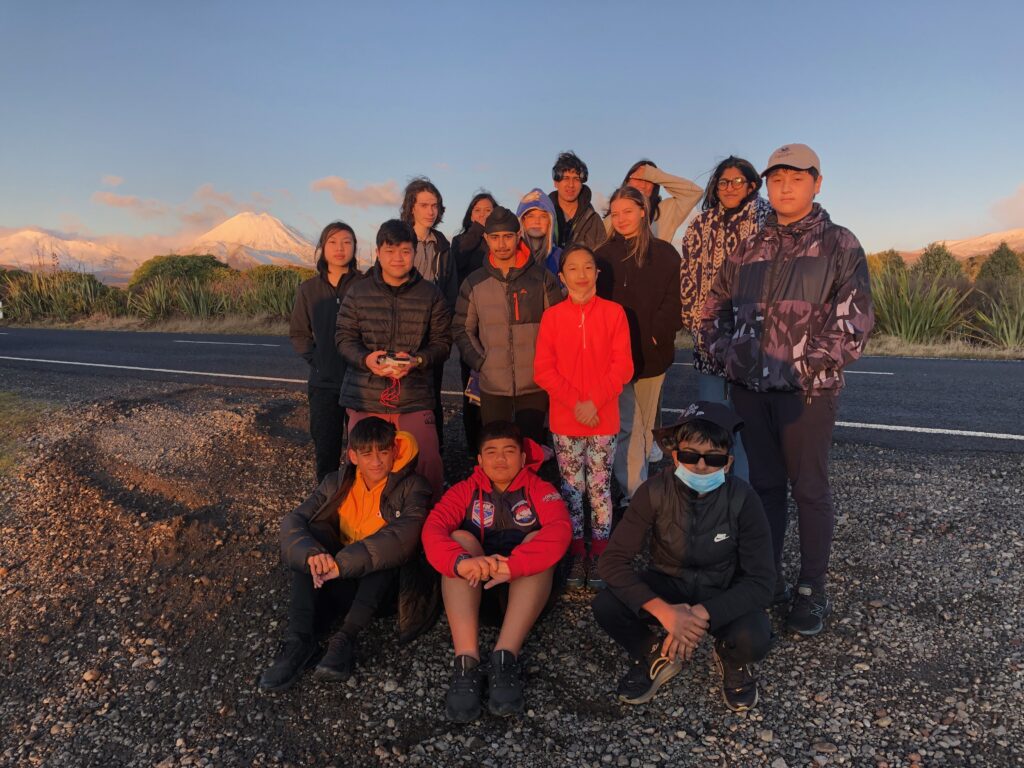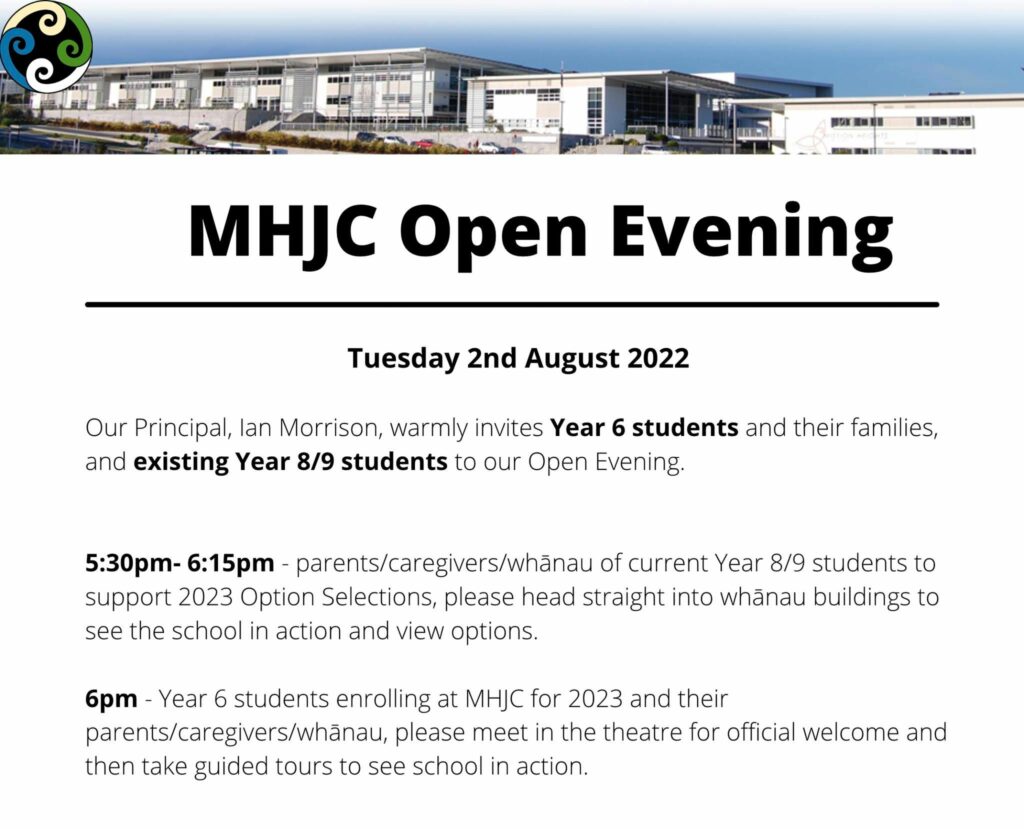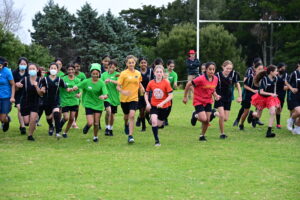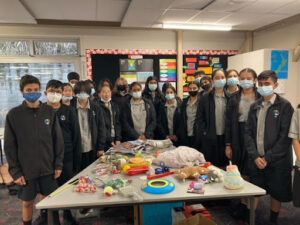OPC 2022 is off to a great start!
Yesterday afternoon, 15 Year 9 and 10 students travelled down to the Hillary Outdoors Centre in Tongariro for a week of outdoor adventures. They arrived safety last night with fantastic views of the mountains.

OPC 2022 is off to a great start!
Yesterday afternoon, 15 Year 9 and 10 students travelled down to the Hillary Outdoors Centre in Tongariro for a week of outdoor adventures. They arrived safety last night with fantastic views of the mountains.

A reminder of our upcoming Open Evening on Tuesday 2nd August.
This evening is for Year 6 students who will be enrolling at MHJC for 2023. It is also for current Year 8 and 9 students to discover what options are available to them as senior students at MHJC. Please note times.
𝟱.𝟯𝟬𝗽𝗺 – 𝟲.𝟭𝟱𝗽𝗺 – Parents/caregivers/whānau of current Year 8 and 9 students are welcome to come into the school in support of option selections for 2023. Please head straight into whānau buildings to see the school in action and view options with your child/children.
𝟲𝗽𝗺 – Year 6 students enrolling at MHJC for 2023 and their parents/caregivers/whānau and invited to tour the school. Please meet in the theatre for the official welcome and then take guided tours to see MHJC in action.

Today, the Ministry of Education sent information for schools to share with their communities regarding the wearing of face masks and other public health measures to combat the spread of COVID-19. The Ministry strongly recommends that face masks be worn in all indoor settings at schools where practicable for the first four weeks of term 3. A limited supply of face masks is available for students who forget or lose their face masks during the day.
Students who already have an exemption need not reapply however others may request one by following the link below.
Nominations for the School Board of Trustees are now open. Nominations can be submitted here; https://www.myschoolelection.nz/mynomination

This Wednesday was MHJC’s annual Cross Country Day, also an inter-whānau competition. The weather was perfect for running and all students represented their Whānau extremely well. Well done to all students who participated and all staff who made the afternoon possible. A huge congratulations to Forest/Ngahere Whānau for winning the overall competition!

A notice to our community about Ormiston Senior College’s Open Evening. This night will be held on Wednesday 27th July (Week 1 of Term 3) and is intended for Year 10 students attending OSC next year. MHJC students and families are asked to attend from 7pm – 8.30pm if possible.


A reminder to our community that Term ends this Friday 8th July at 1pm. We wish everyone a safe and relaxing break.

Our School Outreach DEEP has worked hard this term to support an external organisation. The class decided to support the SPCA who work to provide a safe haven for animals in need. The class raised contributions of essentials, food supplies, and toys to support this cause. The class would like to thank students and staff who supported their endeavours this term.
